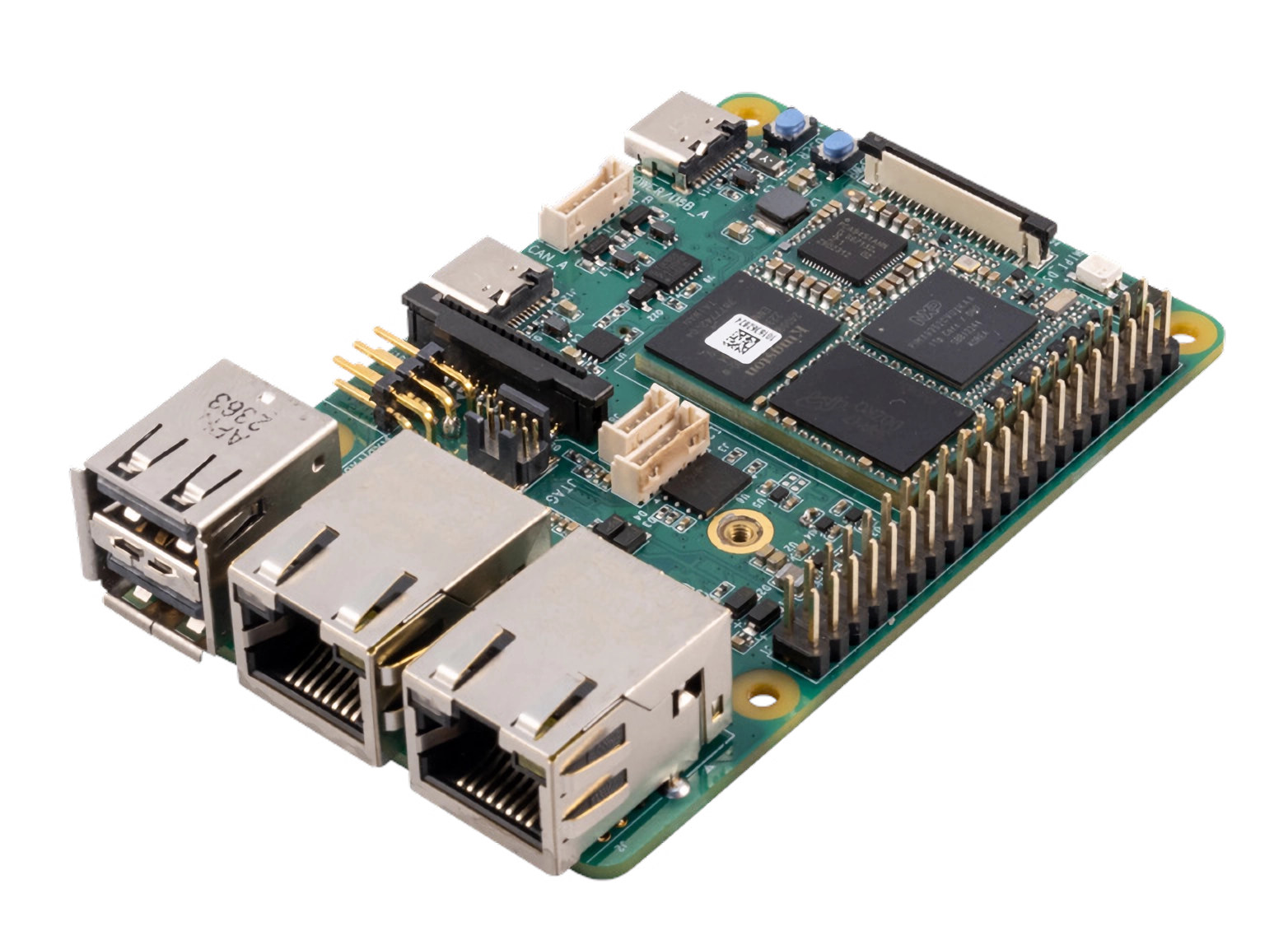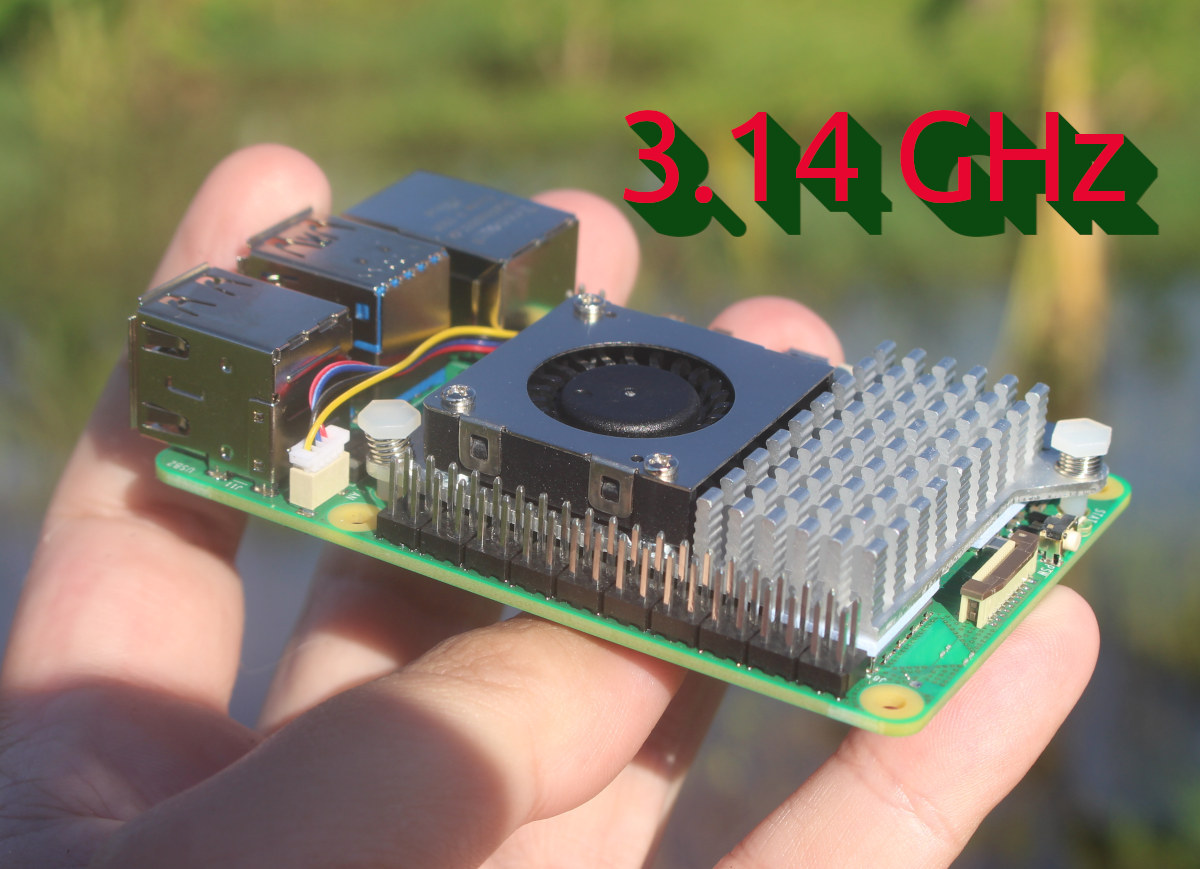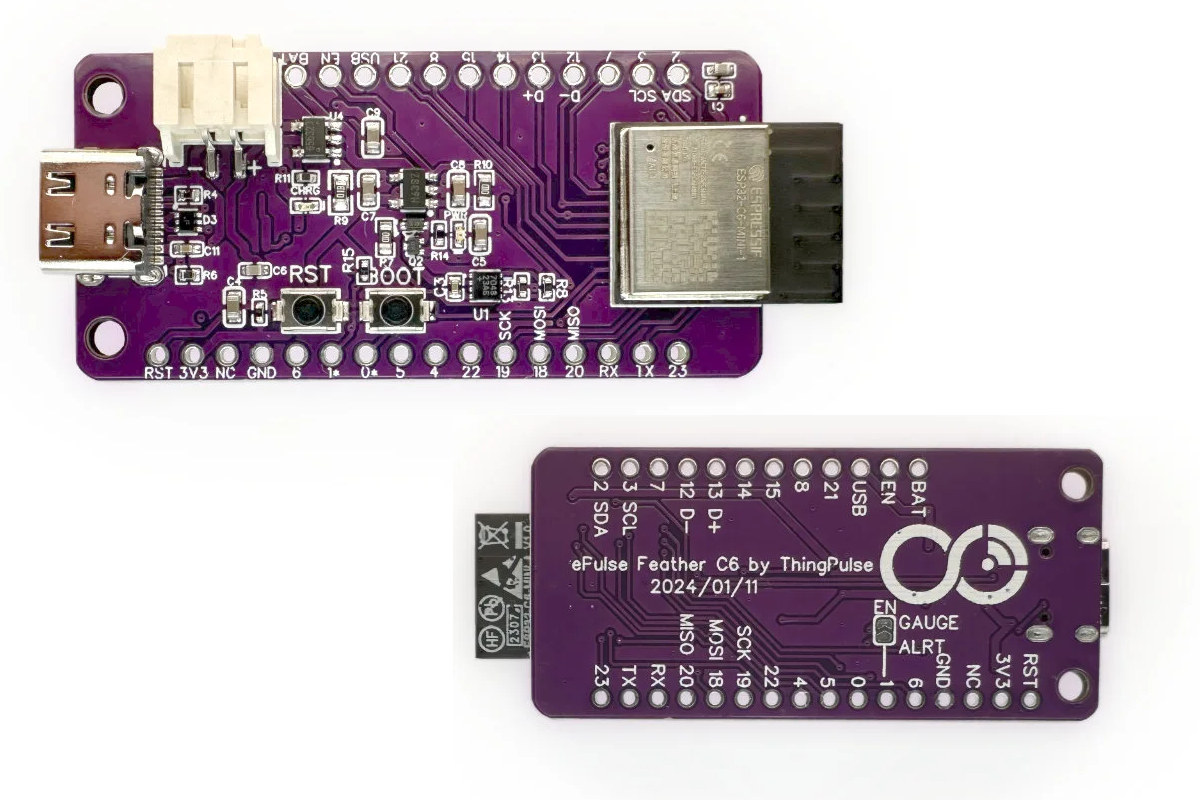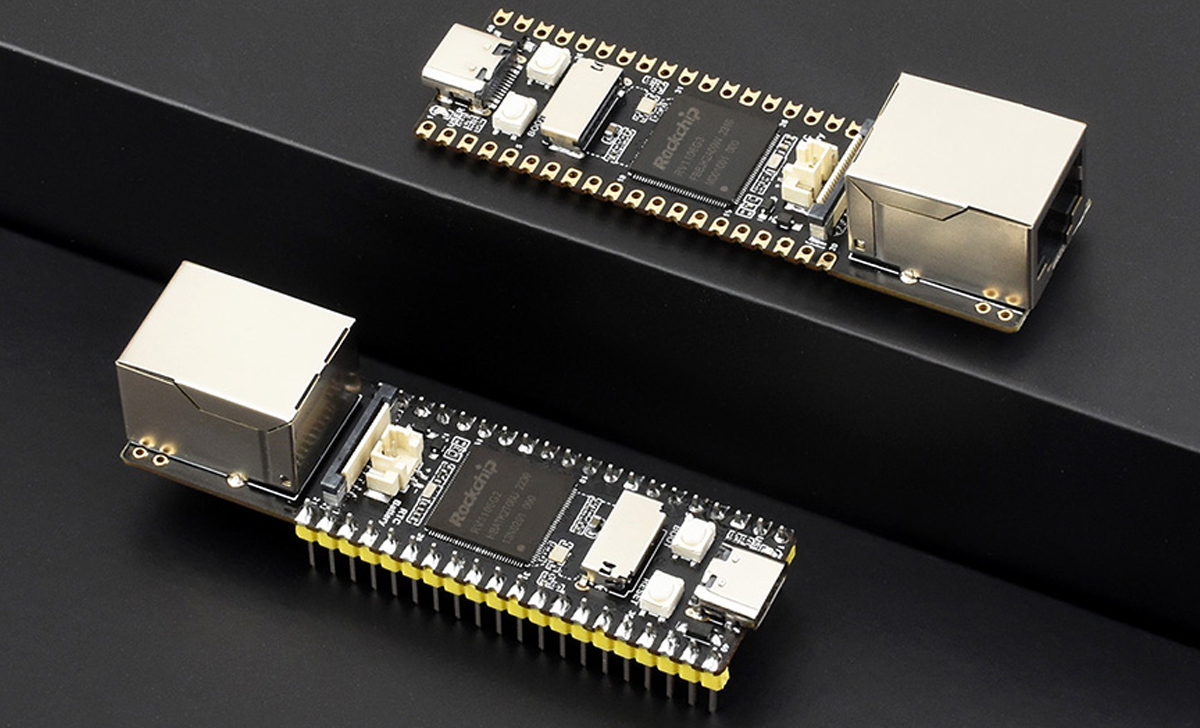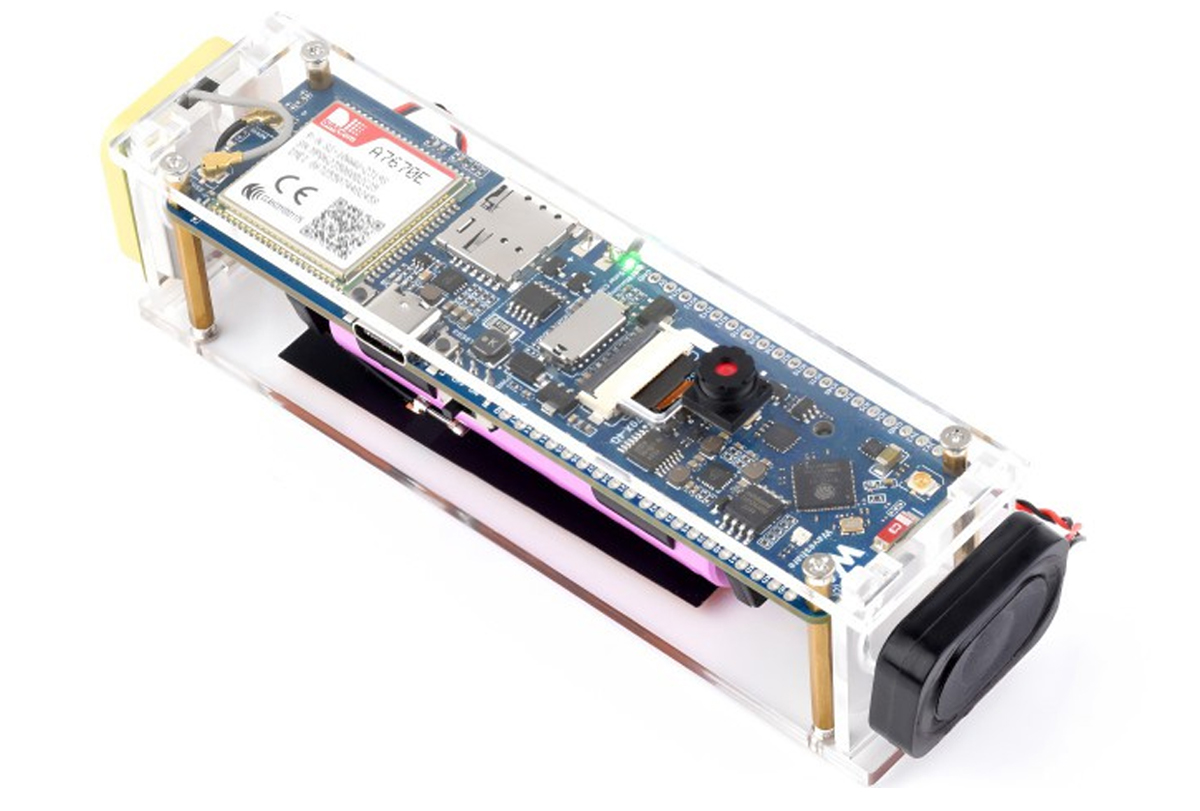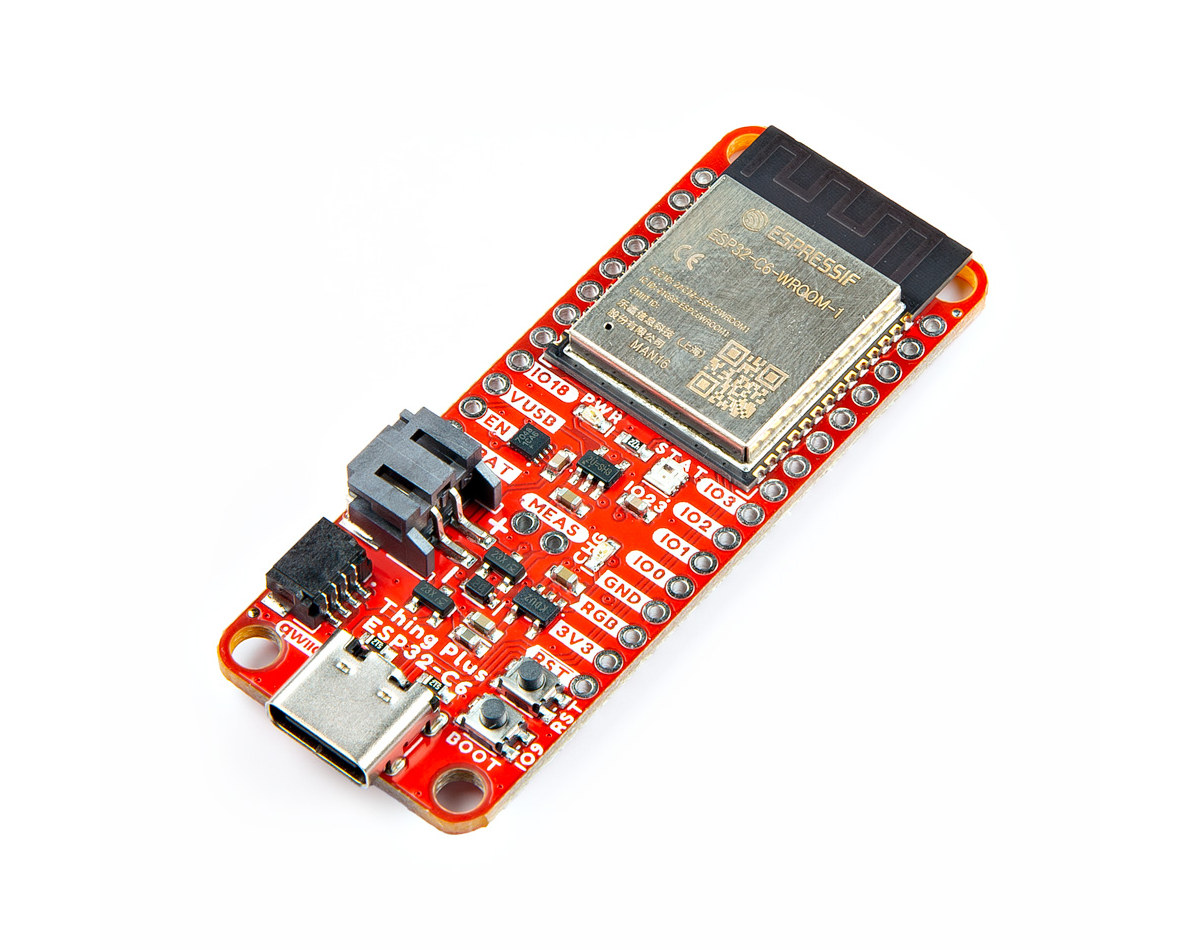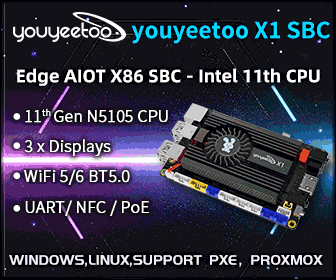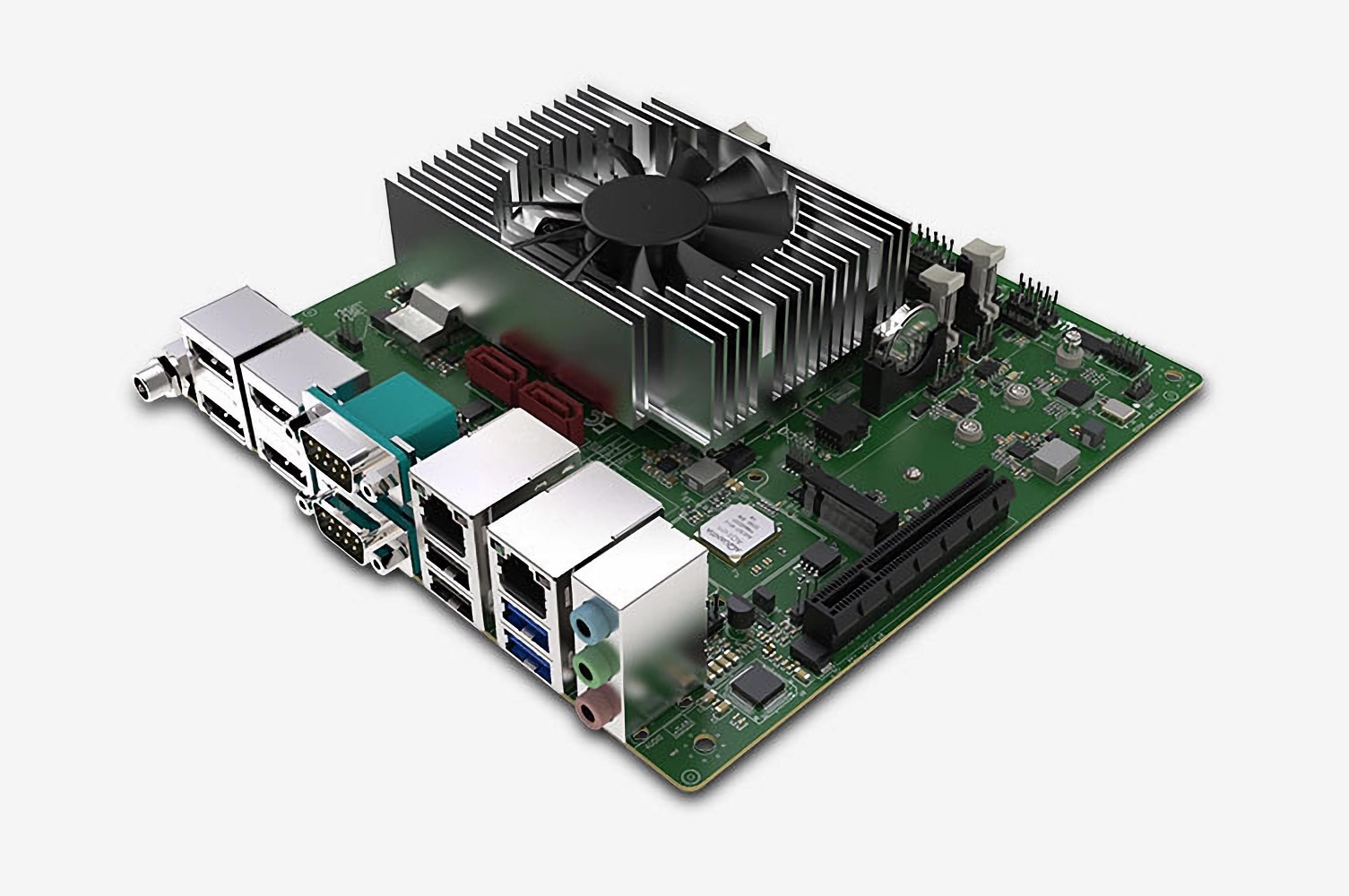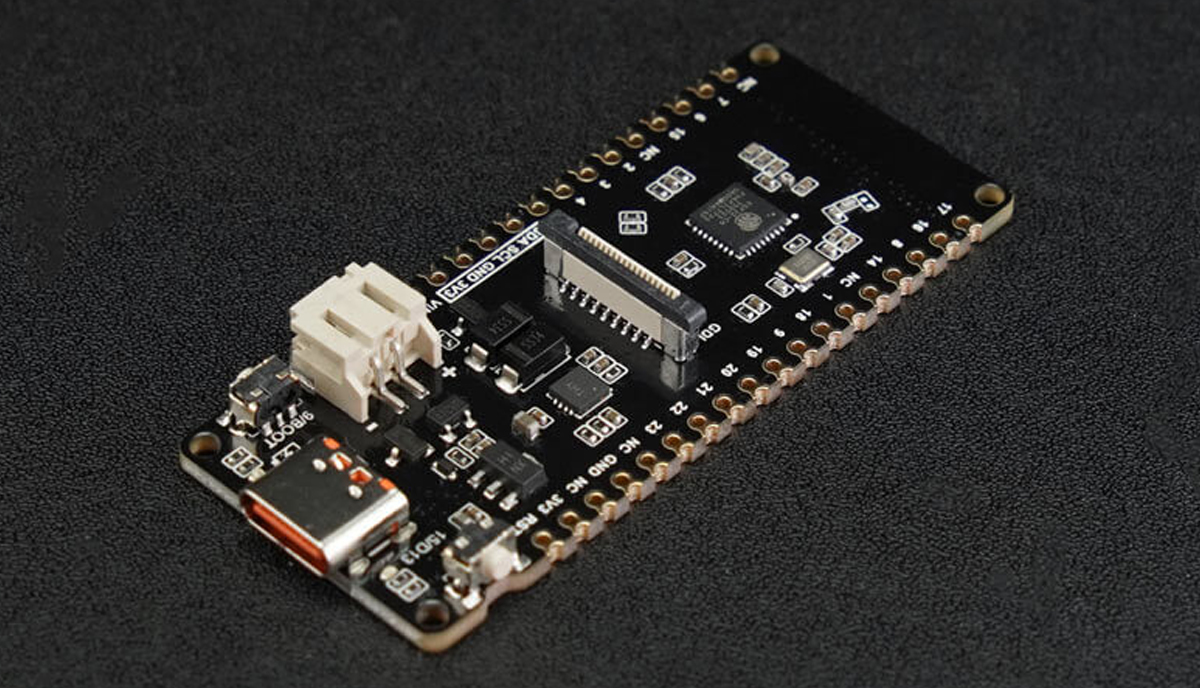MaaXBoard OSM93 – Business card-sized SBC features NXP i.MX 93 AI SoC, supports Raspberry Pi HATs
MaaXBoard OSM93 is a single board computer (SBC) based on a Size-S OSM module powered by an NXP i.MX 93 Cortex-M55/M33 AI SoC and offered in a business card form factor with support for Raspberry Pi HAT boards through a 40-pin GPIO header and mounting holes. The board also comes with 2GB LDDR4, 16GB eMMC flash, MIPI CSI and DSI interfaces for optional camera and display modules, two gigabit Ethernet ports, optional support for WiFi 6, Bluetooth 5.3, and 802.15.4, three USB 2.0 ports, and two CAN FD interfaces with on-board transceivers. MaaXBoard OSM93 specifications: SoC – NXP i.MX93 CPU 2x Arm Cortex-A55 up to 1.7 GHz 2x Arm Cortex-M33 up to 250 MHz GPU – 2D GPU with blending/composition, resize, color space conversion NPU – 1x Arm Ethos-U65 NPU @ 1 GHz up to 0.5 TOPS Memory – 640 KB OCRAM w/ ECC Security – EdgeLock Secure Enclave System […]


